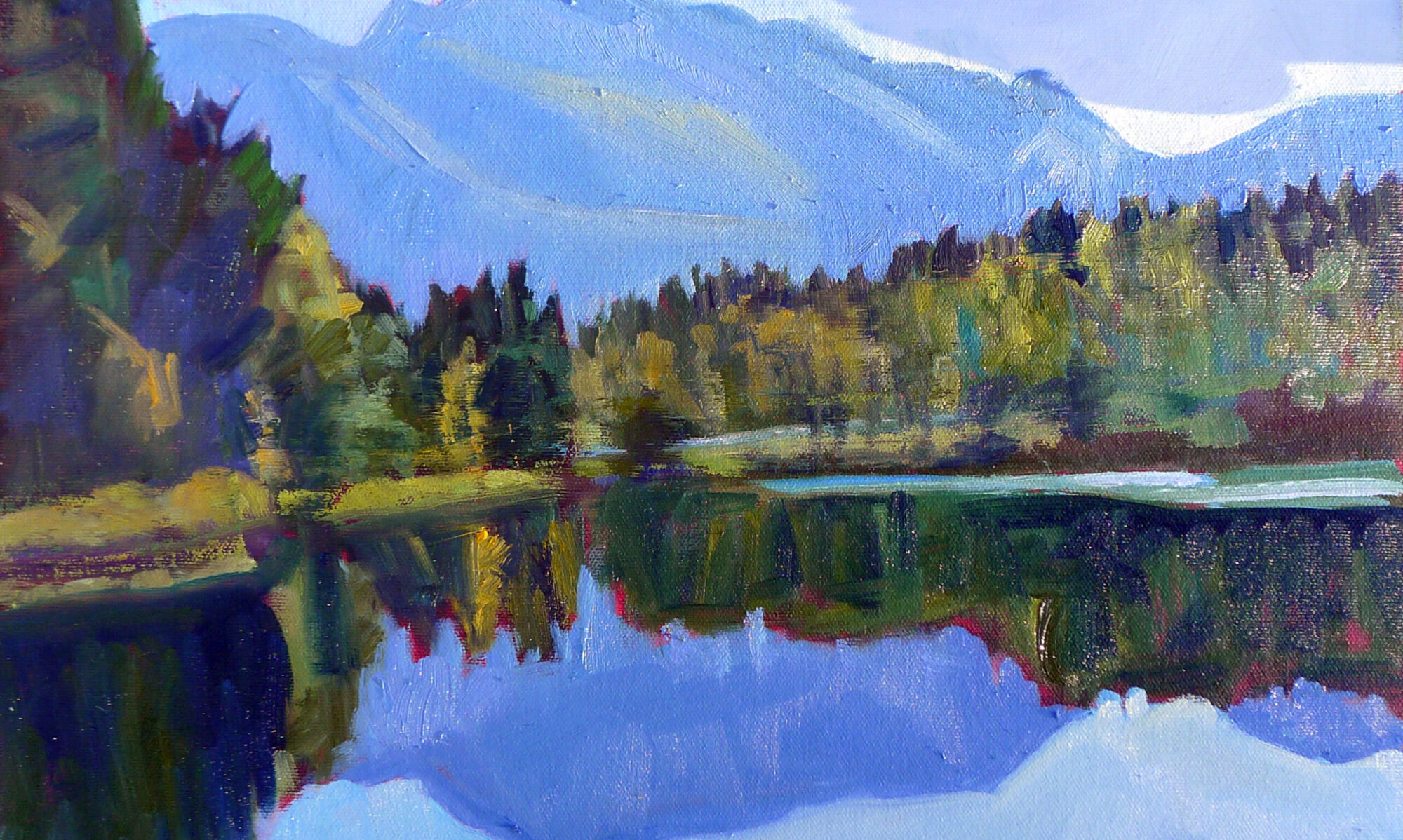An amendment to the Rockland building code brings us full circle back to Pop Art.
 |
Robert Indiana’s art sign is on the left and the commercial Strand sign on the right. Which is art? Photo courtesy of Coastal Maine Realty.
|
Heading into Rockland, ME from the south, you can’t help but notice Robert Indiana’smassive Electric Eat sign on the roof of the Farnsworth Art Museum. It’s been there since 2009 and has become a fixture of the local skyline.
The piece was initially commissioned for the New York State Pavilion at the
1964 World’s Fair. Fair attendees immediately queued for the non-existent restaurant. After a day of frustration for all concerned, the sign went dark. It wasn’t relit again until it moved to Maine.
 |
|
In its original setting, the piece blurred the line between art and life a little too effectively.
|
While the piece is unequivocally good for Rockland’s cityscape, it was also the bellwether for an issue recently facing Rockland’s town board: when is a sign a sign, and when is it art?
The question facing code enforcement officer John Root was whether a sign proposed for the front of
Ada’s Kitchen constitutes art or advertising. It will read, simply, “East.”
Ada’s Kitchen is owned by Jen and Rick Rockwell. “There’s no such business as EAST,” Rick Rockwell told the
Pen Bay Pilot. “EAST is a concept. It’s a general direction. The object of this piece is to celebrate the past of Rockland. It speaks about our proximity as being in the eastern part of our country, in the most eastern parts of our state.”
 |
|
I Saw the Figure 5 in Gold, 1928, Charles Demuth, Metropolitan Museum of Art. This is proto-pop.
|
The paper reported that Jen Rockwell told the City Council, “further north, toward her establishment, drivers start speeding up due to their perception that there’s nothing more to look at until the ferry terminal.” Well, now she’s talking about advertising. I’d have to disagree with her anyway, because one of my favorite signs in town is for the Rockland Café. That’s very close to their location.
But Ms. Rockwell was right that the visual concentration is weighted to the south end of town. She was, in essence, critiquing Main Street as a work of art in itself, and saying its balance is off.
Rockland has successfully recreated itself as the northeast’s art mecca. With art sales, I suppose, comes public art. Not all of it is going to be by artists of the stature of Robert Indiana, but a Code Enforcement Officer isn’t qualified to judge aesthetics. Nor, I suppose, does he want to.
 |
|
Campbell’s Tomato Juice Box, 1964, Andy Warhol. Synthetic polymer paint and silkscreen ink on wood. Museum of Modern Art. This is full-blown Pop Art
|
He does need to assess whether the sign is properly sized, lighted and hung, and to be sure that it won’t swing loose in a Nor’easter or fall and crush visitors. To do that, he needs a specific code addressing art signs, and now he has one.
My own definition of art is that it’s something that’s useless for any practical purpose. The Rockland City Council came close to the same conclusion when it concluded that a sign is art if it doesn’t advertise the product being sold by the business. In other words, you can hang an art lobster up if your business is selling hand-knitted scarves, but you can’t hang a lobster up if you actually sell lobsters.
Then one looks at the sign for the
Strand Theatre and realizes that it’s as much an art statement as anything on Main Street, even though it advertises their specific business. That brings us full circle to Robert Indiana’s work and the whole
Pop Art movement of the 1960s. Their goal was to blur the line between mass culture and fine art. And now it is done.









